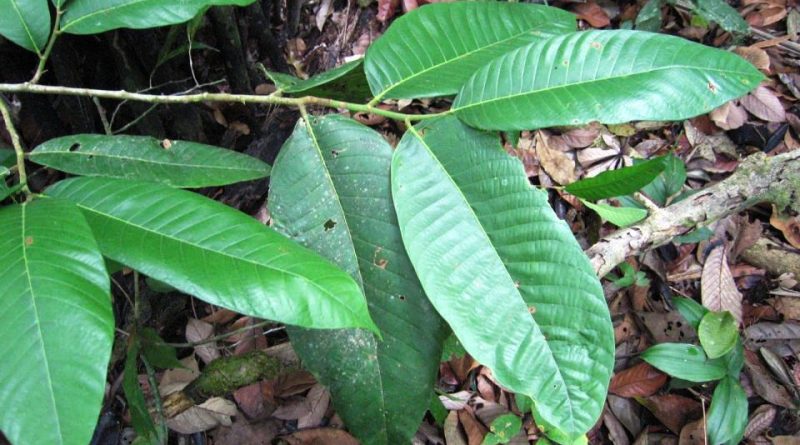Pseudolmedia macrophylla
Pseudolmedia macrophylla
Pseudolmedia macrophylla (Pseudolmedia macrophylla Trécul) is an arboreal species belonging to the Moraceae family.
Systematics –
From a systematic point of view it belongs to:
Eukaryota Domain,
Kingdom Plantae,
Phylum Magnoliophyta,
Magnoliopsida class,
Urticales Order,
Moraceae family,
Castilleae tribe,
Genus Pseudolmedia,
P. macrophylla species.
The following terms are synonymous:
– Ficus cystopoda (Miq.) Miq .;
– Pseudolmedia murure Standl .;
– Urostigma cystopodum Miq ..
Etymology –
The term Pseudolmedia is the union of the prefix pseudo, which comes from the Greek pseudḗs ‘false’ and the suffix of uncertain origin.
The specific macrophylla epithet comes from the Greek μακρόϛ macrós long, large and from φύλλον phýllon leaf: with large leaves.
Geographic Distribution and Habitat –
Pseudolmedia macrophylla is a typical plant of an area between southern Mexico, the Caribbean and South America. We find it in Colombia, Brazil, Bolivia, Peru, Ecuador and other areas of South America.
Its habitat is that of more or less dense forests.
Description –
Pseudolmedia macrophylla is a dioecious plant, in the form of a shrub or tree.
The leaves are ovate, leathery, opposite, dark green in color.
The species has plants with male flowers and plants with female flowers.
The fruits are roundish in shape, brown – orange in color, 2-3 cm in diameter.
Cultivation –
Pseudolmedia macrophylla is a dioecious species so it is necessary to cultivate both male and female plants if you want to have fruits and seeds.
The propagation of this plant can take place via seed.
Customs and Traditions –
Pseudolmedia macrophylla, like other plants of its genus, is known in Latin America with the name of “lechechiva”, which roughly means “goat’s milk tree”.
The plant is used for the use of its wood, for building materials, and sometimes in folk medicine.
The plant is harvested in the wild for local medicinal use.
Its fruits can be used among its edibles.
For medicinal use, the bark is used to treat rheumatism and to heal the nerves.
From the ecological point of view it should be remembered that this species, like others of the genus, is endemic to restricted areas and that they are therefore included in the IUCN list of endangered species (in particular Pseudolmedia manabiensis, discovered in 1995 on a mountain in Ecuador , the only one on which it has so far been found).
Preparation Method –
Pseudolmedia macrophylla is used in the food field for the use of its fruits and in the medicinal field using its bark.
Guido Bissanti
Sources
– Acta Plantarum – Flora of the Italian Regions.
– Wikipedia, the free encyclopedia.
– Useful Tropical Plants Database.
– Conti F., Abbate G., Alessandrini A., Blasi C. (ed.), 2005. An annotated checklist of the Italian vascular flora, Palombi Editore.
– Pignatti S., 1982. Flora of Italy, Edagricole, Bologna.
– Treben M., 2000. Health from the Lord’s Pharmacy, Advice and experiences with medicinal herbs, Ennsthaler Editore.
Warning: Pharmaceutical applications and alimurgical uses are indicated for informational purposes only, they do not represent in any way a medical prescription; therefore no responsibility is taken for their use for curative, aesthetic or food purposes.


